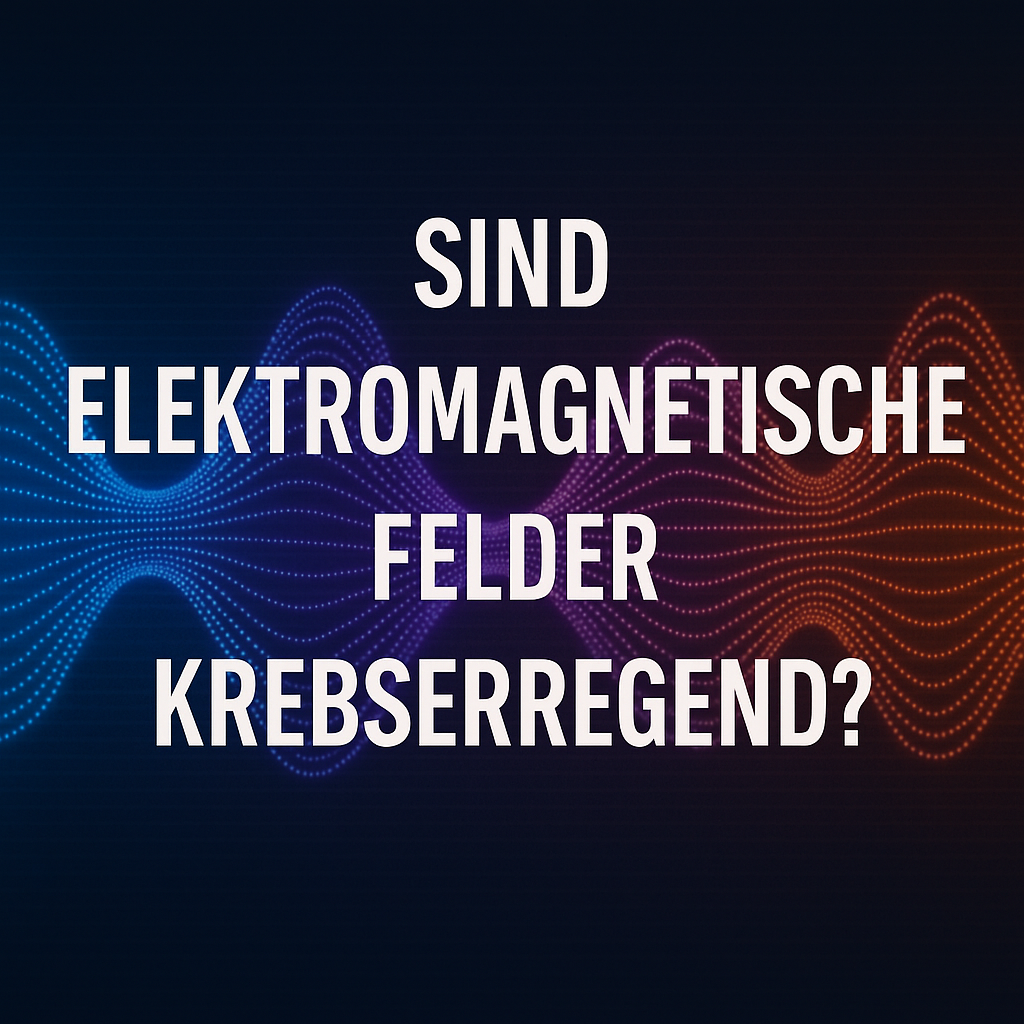
Electric and magnetic fields (EMF) - cancer risk from the socket?
Introduction: What are EMFs?
Electric and magnetic fields (EMFs) occur wherever electricity is generated, transmitted or used - for example in high-voltage power lines, household appliances or electric motors. Since the 1970s, there has been a debate as to whether EMFs can increase the risk of cancer - especially in children.
Epidemiological studies: what does the data say?
Early studies showed an increased cancer rate in children in the vicinity of high-voltage power lines. Since then, numerous studies on occupational and domestic EMF exposure have followed.
- Slight statistical correlations, especially for childhood leukaemia
- No clear biological cause proven
- Animal studies mostly without carcinogenic effect
Biological hypotheses
A common hypothesis is that EMF influences melatonin levels, which could favour hormone-dependent tumours. However, this has not been clearly confirmed either in vitro or in vivo.
Politics, the public and research
The political response to EMF has varied internationally. While Sweden was quick to emphasise "precautionary avoidance", other countries were more hesitant. Public pressure and media influence made an objective assessment difficult.
Conclusion
After decades of research, the conclusion is:
"There are indications, but no proof."
The WHO and IARC classify EMF as "possibly carcinogenic" - based on studies on childhood leukaemia.
